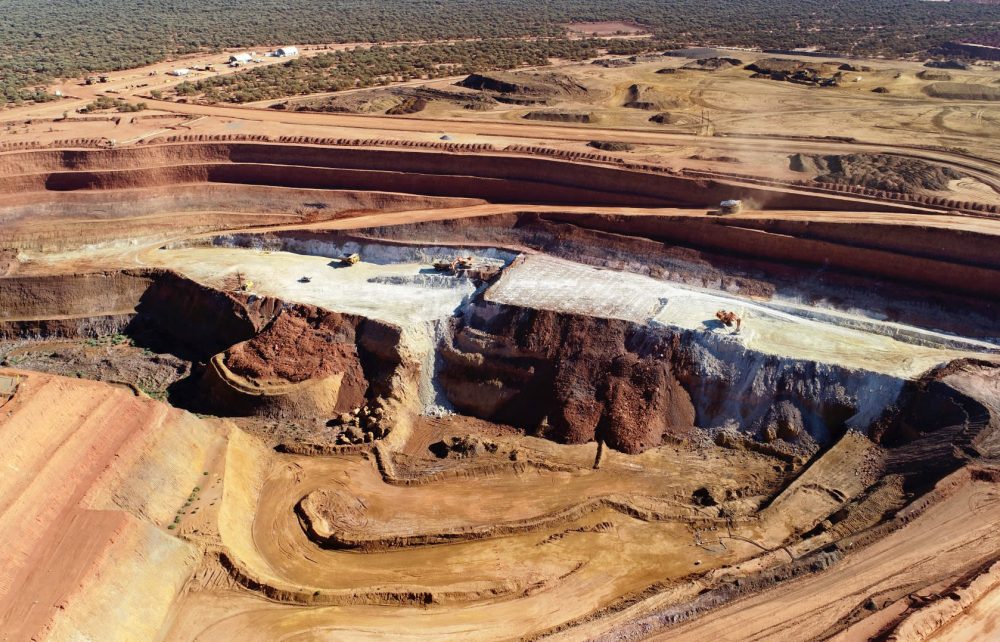While the mining industry is reviewing projects due to economic crisis unleashed by the Covid-19 pandemic, the Angolan rare earths mining project in Longojo remains on track. After having confirmed an investment by the Angolan Sovereign Wealth Fund, Pensana Rare Earths, the main investor, says a recent pick-up in Chinese demand ensure the project will not lose momentum. Australian miners have been teaming up with the United States, which is trying to gain a foothold in China-dominated rare earths mining.
According to a statement by the company, Pensana’s operations in Angola have been unaffected by the current situation and advance towards the Definitive Feasibility studies on the Longonjo project, which “is expected to confirm Longonjo’s status as one of the world’s only major rare earth mines being developed at a time when demand for magnet metals from EV (electric vehicles) and offshore wind turbine manufacturers is expected to take off”.
The Australian company adds that is expecting that the resource “will be substantially upgraded”, based on the results of a recently completed drill programme.
The studies into the downstream production of NdPr ore, “will open up markets in Europe, Japan and Korea as well as China will form part of the Definitive Feasibility Study which will be reported in the September quarter”, adds the company, which is soon to be listed in London.
“Chinese rare earth processing companies have returned to work following a longer than usual Chinese New Year break. The Company has received further expressions of interest in becoming potential partners in developing the Longonjo Project”, says Pensana.
The Angolan Sovereign Wealth Fund recently became a shareholder of Pensana Rare Earths. The company adds that the Sate fund intends to “support and work with the Company and its management in the development of this important national project”.
After subscribing Pensana shares worth around USD 1.2, FSDEA will become a strategic cornerstone investor, holding about 4.8% of the enlarged share capital of the company.
The funds raised will be used to progress the definitive feasibility study for the company’s flagship Longonjo Project and to provide working capital.
According to Pensana chairman Paul Atherley, “the Longonjo project is the first major mining project to be developed in Angola for some time”, and “is being developed as one of the world’s biggest upstream suppliers of the magnet metals critical to energy transition with strong demand expected from Electric Vehicles and Offshore Wind Turbine manufacturers”.
“It will provide jobs and an economic stimulus at a time when the Angolan Government is actively looking to attract foreign investment to diversify the economy”, says Paul Atherley.
According to Nikkei Asian Review, Chinese players accounted in 2019 for 85% of the global production of high-purity rare-earth elements; Lynas mine, in Australia, produces the remaining 15%. The United States have been trying to gain a foothold in rare earths processing.
While Chinese companies carry out both the upstream and downstream processing in China, Australian miners Lynas has been mining rare earths in Australia but processing them in Malaysia because of concerns about the radioactive waste that the process generates.
Lynas in May decided to alter this arrangement and teamed up with Blue Line to build a separation plant in the U.S. Unlike the company’s plant in Malaysia, the Texas facility will be able to separate dysprosium, an element essential in the production of batteries for electric vehicles.
Dysprosium is especially difficult to extract, and its production has been left to Chinese companies




